Before muscle cars were even a thing, the 1955 Chrysler C-300 showed up with a big V8, a clean design, and a mission to outrun everything in its class. It didn’t need stripes or wild styling to make a statement—it just let the numbers speak. With 300 horsepower under the hood and a race-winning pedigree, this Chrysler earned its stripes on both the street and the track. Whether you’re into early performance history or just appreciate a car that knew exactly what it was about, the C-300 was the real deal.
1. It Had NASCAR Power Right From the Factory
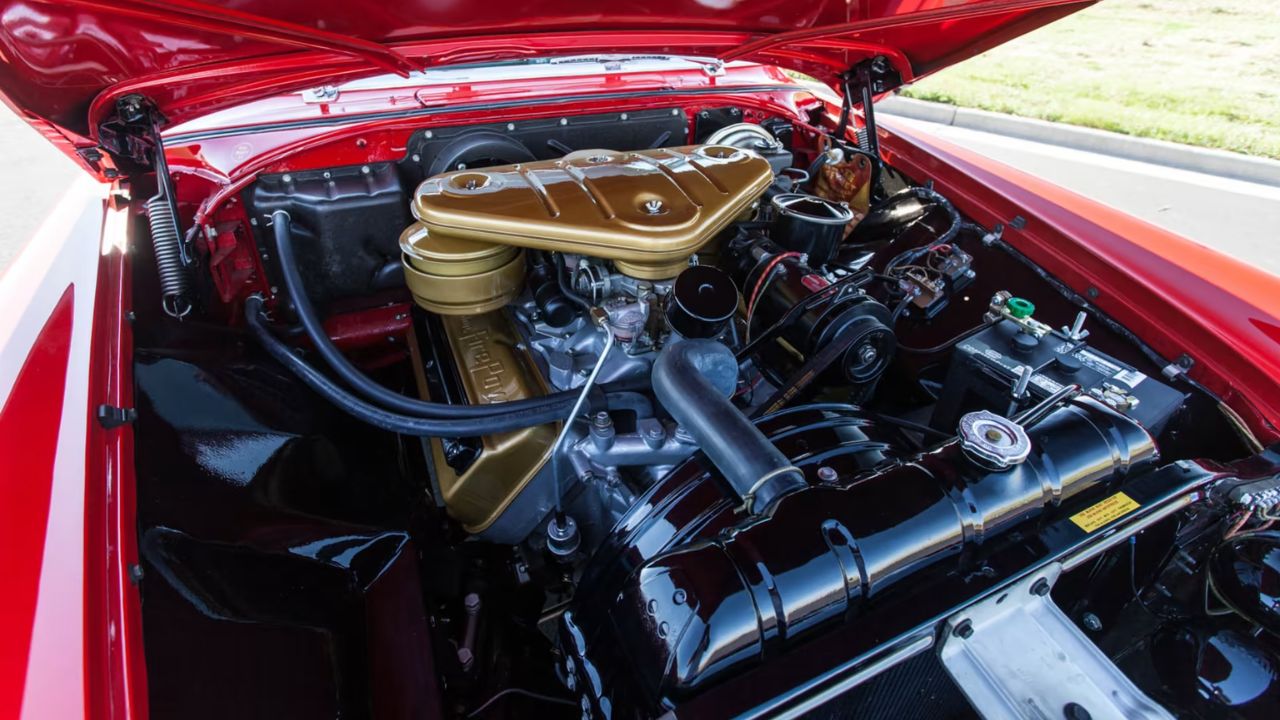
The 1955 Chrysler C-300 came with a 5.4L HEMI V8, cranking out a serious-for-the-time 300 horsepower. That was huge in 1955—and it wasn’t just for show. This was the same setup that dominated early NASCAR races.
The “300” in its name wasn’t a badge—it was a warning. With a pair of four-barrel carbs and solid-lifter camshafts, this car was built to run hard. It made the C-300 the most powerful American production car of its year.
2. It Helped Kick Off the Muscle Car Era
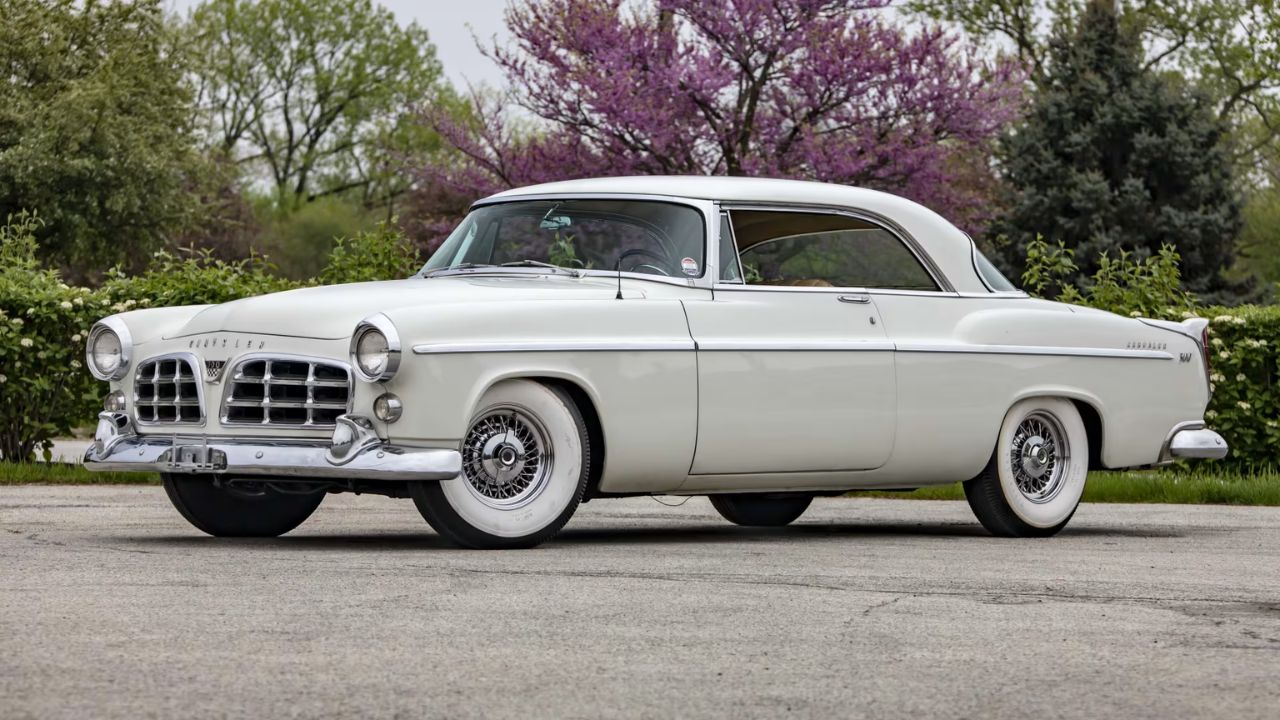
Long before GTOs and Mustangs hit the scene, the C-300 was showing what a big engine in a stylish coupe could really do. It wasn’t called a muscle car back then, but it definitely walked the walk.
Chrysler combined performance and style into one intimidating package. It was quick, sleek, and just aggressive enough to catch attention. Some say this car laid the groundwork for the muscle cars that would follow in the ’60s.
3. It Was a True Luxury-Performance Blend
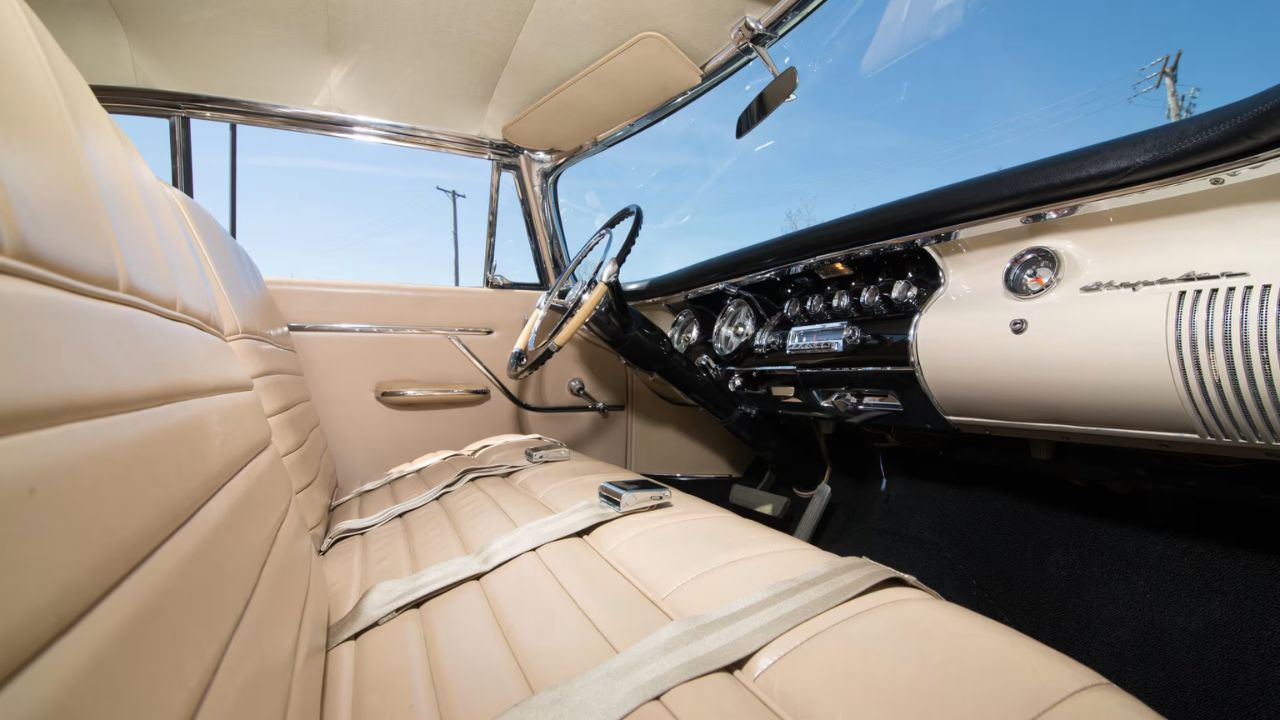
This wasn’t just a go-fast coupe—it was loaded with features. Leather seats came standard, along with power windows and a serious level of fit and finish for the time.
The C-300 proved you didn’t have to sacrifice comfort for speed. You could cruise in style while still having one of the quickest cars on the road. It was the kind of car a banker could drive to the track on weekends.
4. It Was Built for the Track
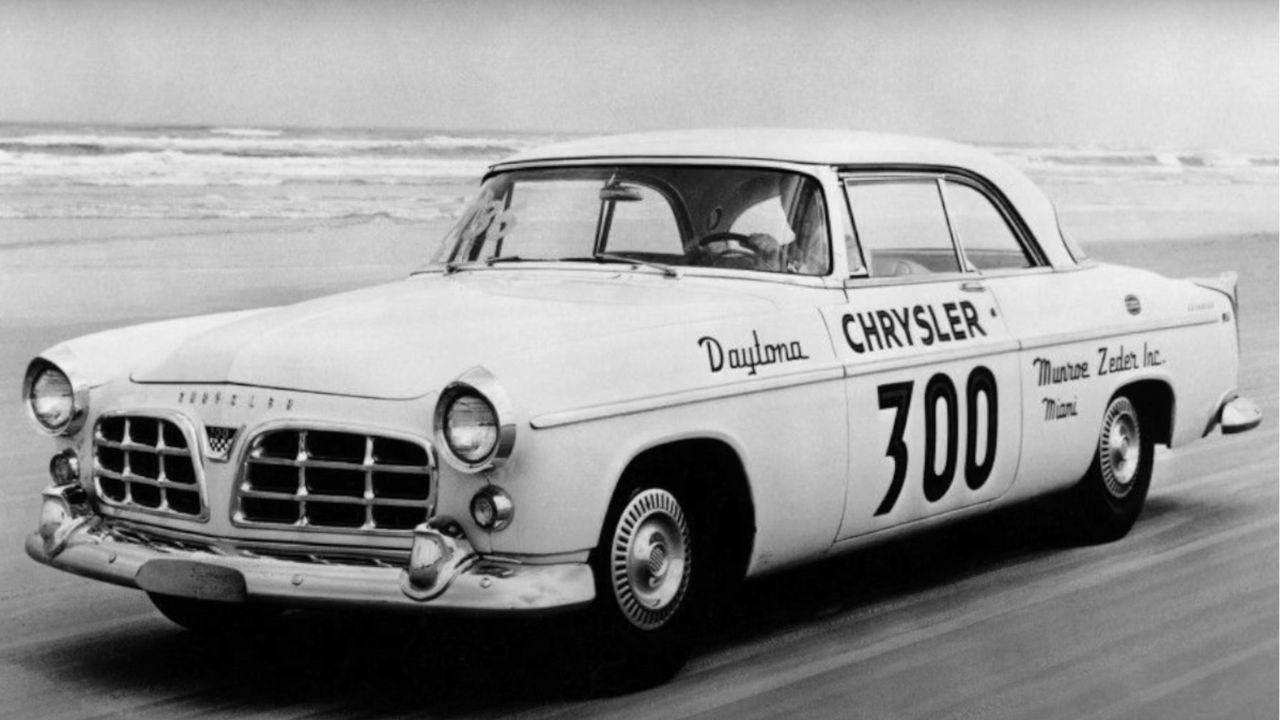
The C-300 wasn’t just fast in a straight line—it was actually designed with competition in mind. Chrysler engineers stiffened the suspension, lowered the ride height, and gave it heavy-duty shocks for better cornering.
That setup helped it dominate in NASCAR, winning 20 out of 45 races in 1955. It also took the AAA Stock Car Championship that same year. It wasn’t a show pony—it had the hardware to back it all up.
5. It Introduced the “Letter Car” Series
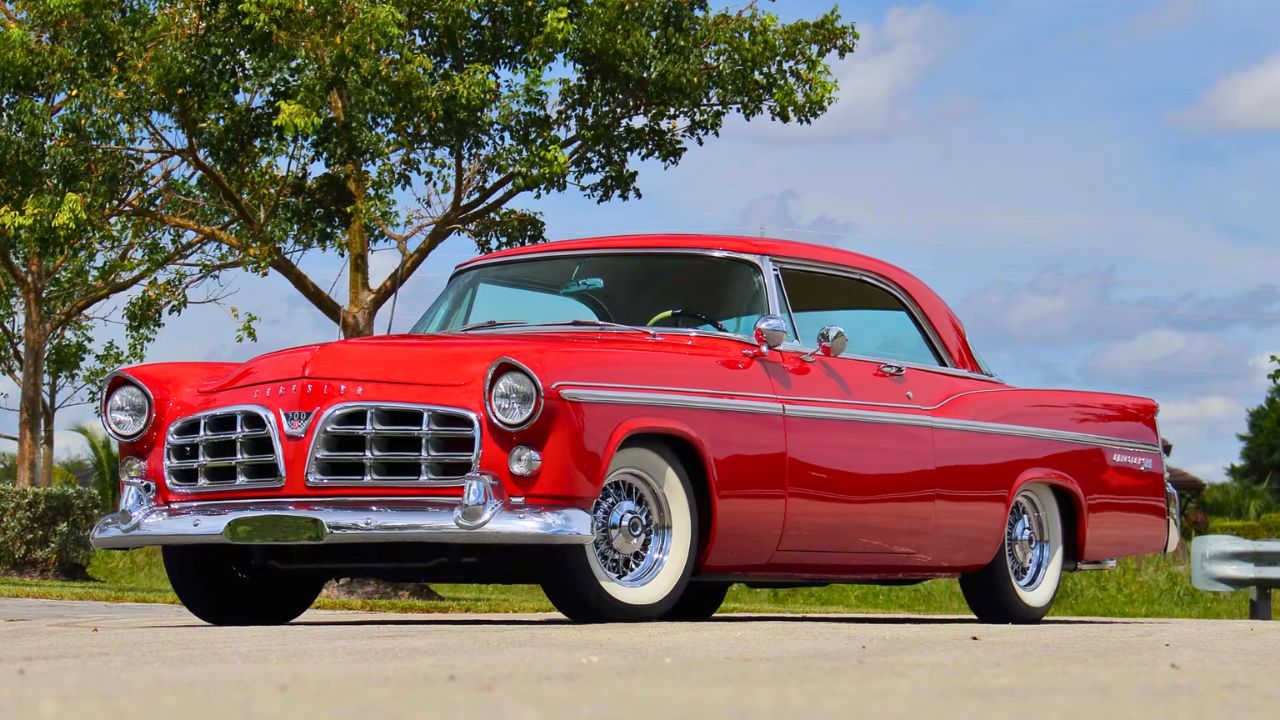
The 1955 C-300 was the first in Chrysler’s legendary “Letter Car” series, which ran through 1965. Each year, the letter changed—from B to C, D, E, and so on—and each model pushed the envelope in performance and luxury.
The C-300 set the tone. These cars became Chrysler’s flagship performance line, and the ’55 was the blueprint. If you’re into early American performance history, this is where that chapter starts.
6. It Looked Like a Sleeper—Kind Of
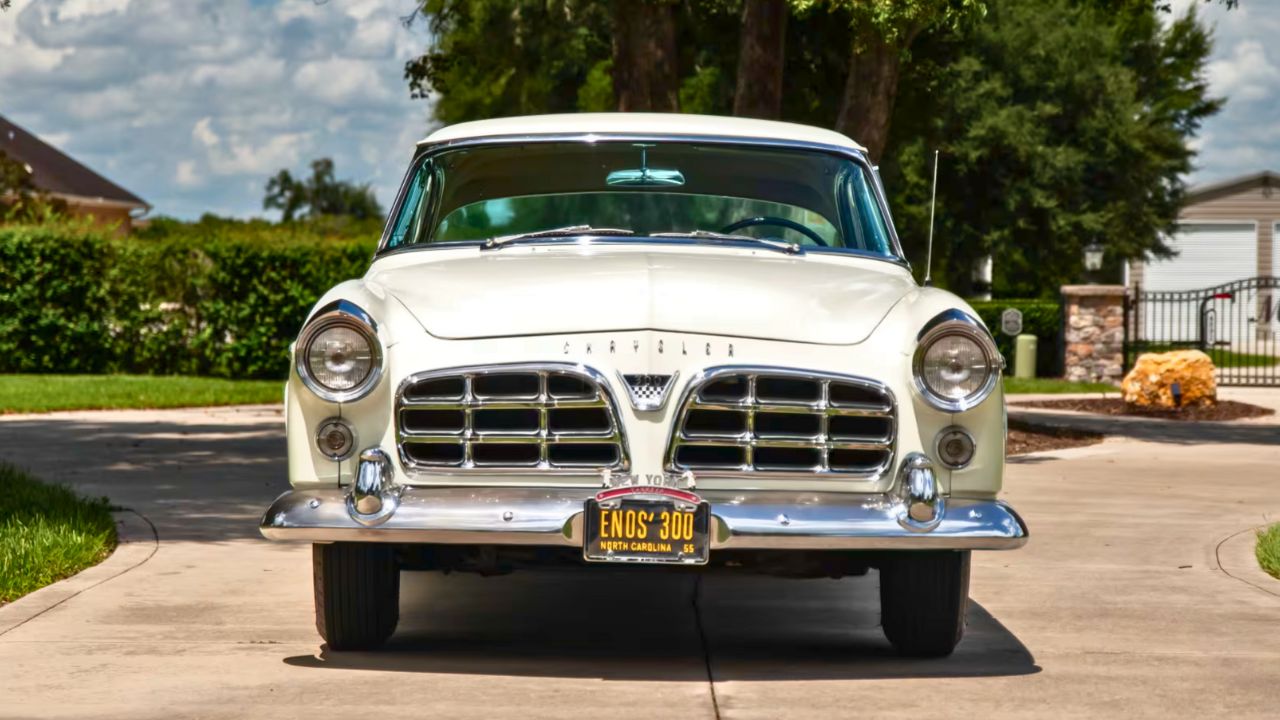
From the outside, the C-300 didn’t scream performance. It had clean lines, restrained chrome, and a formal grille that made it look more executive than racer. But underneath? All business.
That low-key look made it even cooler. It wasn’t trying too hard. It didn’t need stripes or badges to let you know what it could do. The right people knew—and that was enough.
7. It Had a Race-Inspired Transmission
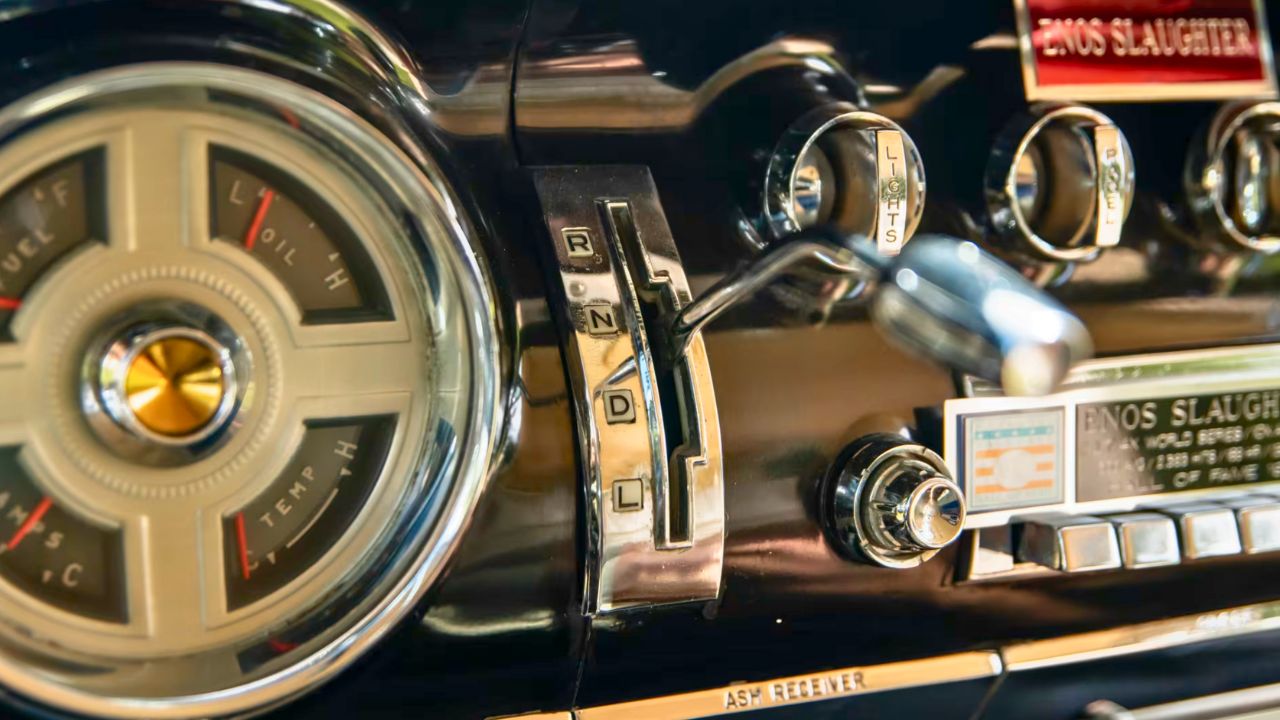
The C-300 came with Chrysler’s two-speed PowerFlite automatic. While that might not sound sporty today, it was tough, simple, and could handle the torque from that big HEMI without flinching.
More importantly, it helped the C-300 stay smooth under pressure. Drivers could focus on keeping it steady at high speeds, especially on long NASCAR ovals. It wasn’t a manual, but it did the job, and it did it well.
8. It Held the Title of “America’s Most Powerful Car”
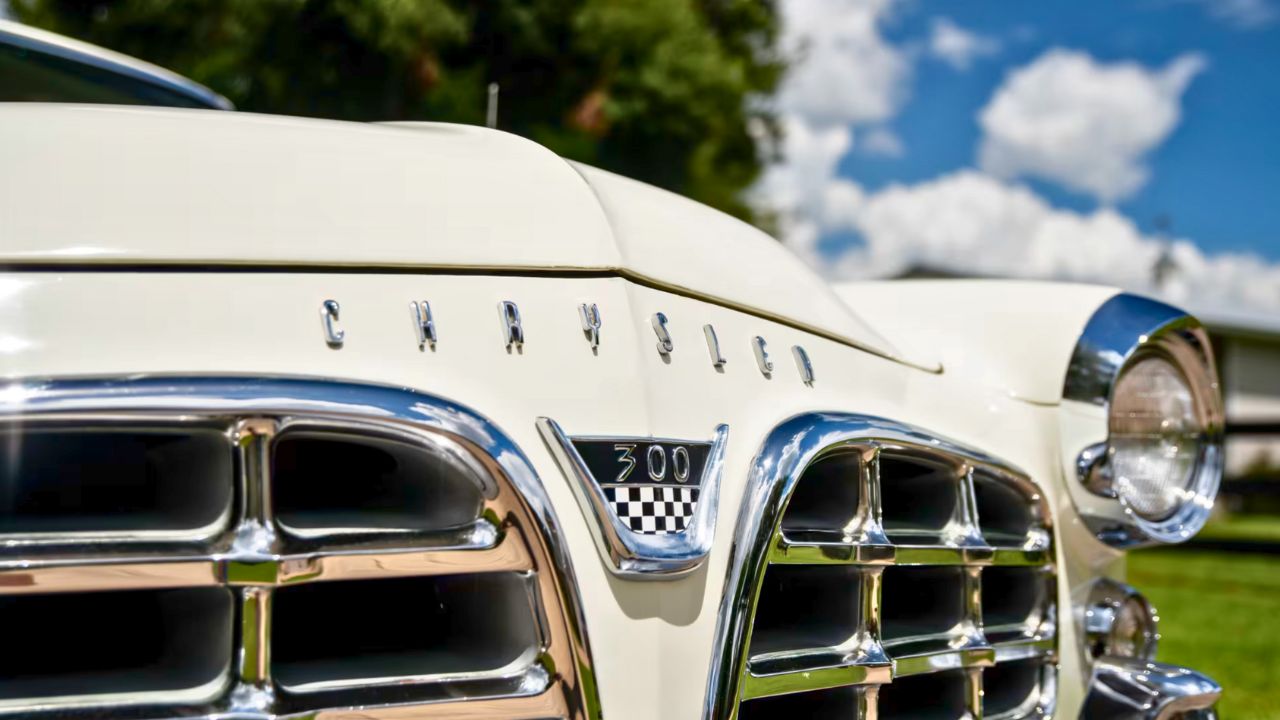
In 1955, no other American production car could touch the C-300 in horsepower. It wasn’t just another big coupe—it was the big coupe. Chrysler wasn’t shy about using that in their ads either.
They called it “America’s Most Powerful Car,” and at the time, they weren’t wrong. It backed up every bit of that claim on the track and the open road. That title helped cement its place in performance history.
9. It Was a Sales Success—for Its Mission
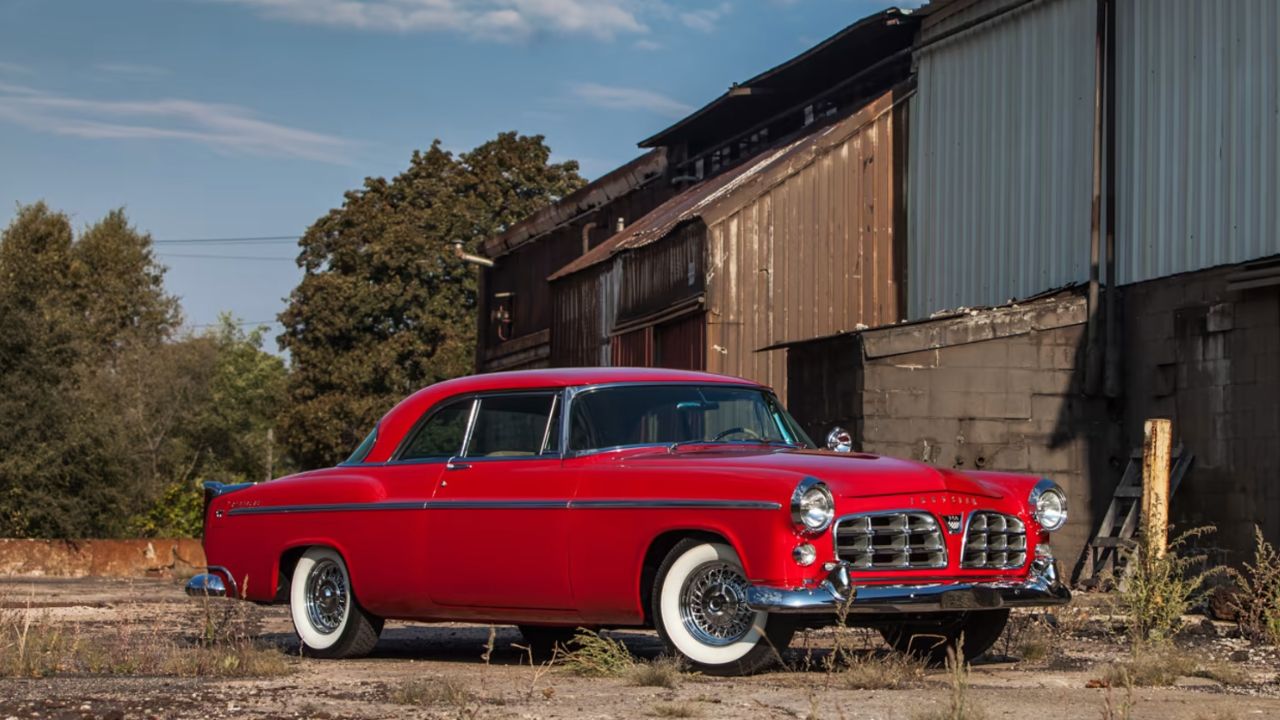
Only about 1,725 C-300s were sold in 1955, and that was by design. This wasn’t a mass-market model—it was a halo car built to boost Chrysler’s image. And it worked.
The buzz around the C-300 helped draw attention to the rest of Chrysler’s lineup, and it gave dealers a performance model to point to with pride. These weren’t built for volume—they were built to make a point.
10. It Still Turns Heads Today
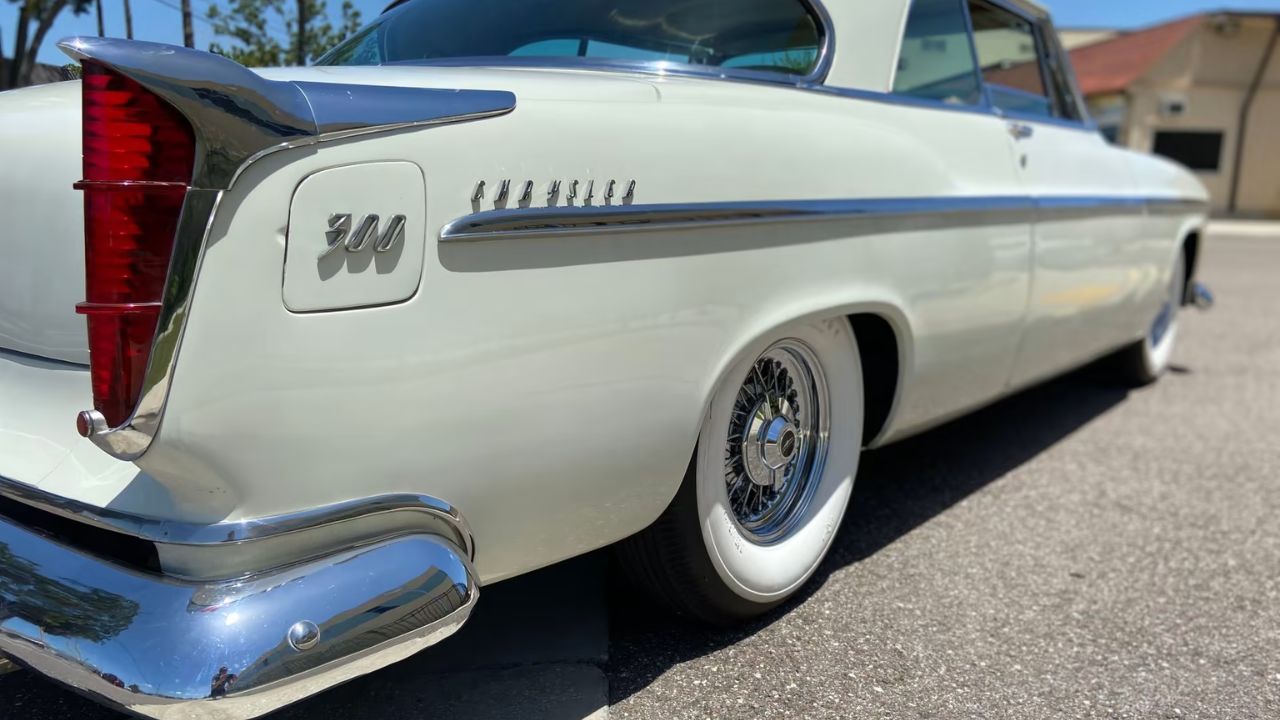
Nearly 70 years later, the C-300 still has presence. That wide grille, long hood, and subtle tail fins look just as commanding now as they did in ’55. And if someone hears that old HEMI fire up, they’re gonna take a second look when the car says can you Hemi now?.
It’s a classic that helped shape the future of American performance. And whether it’s at a car show or cruising back roads, the C-300 earns respect without saying a word.
*This article was hand crafted with AI-powered tools and has been car-fully, I mean carefully, reviewed by our editors.

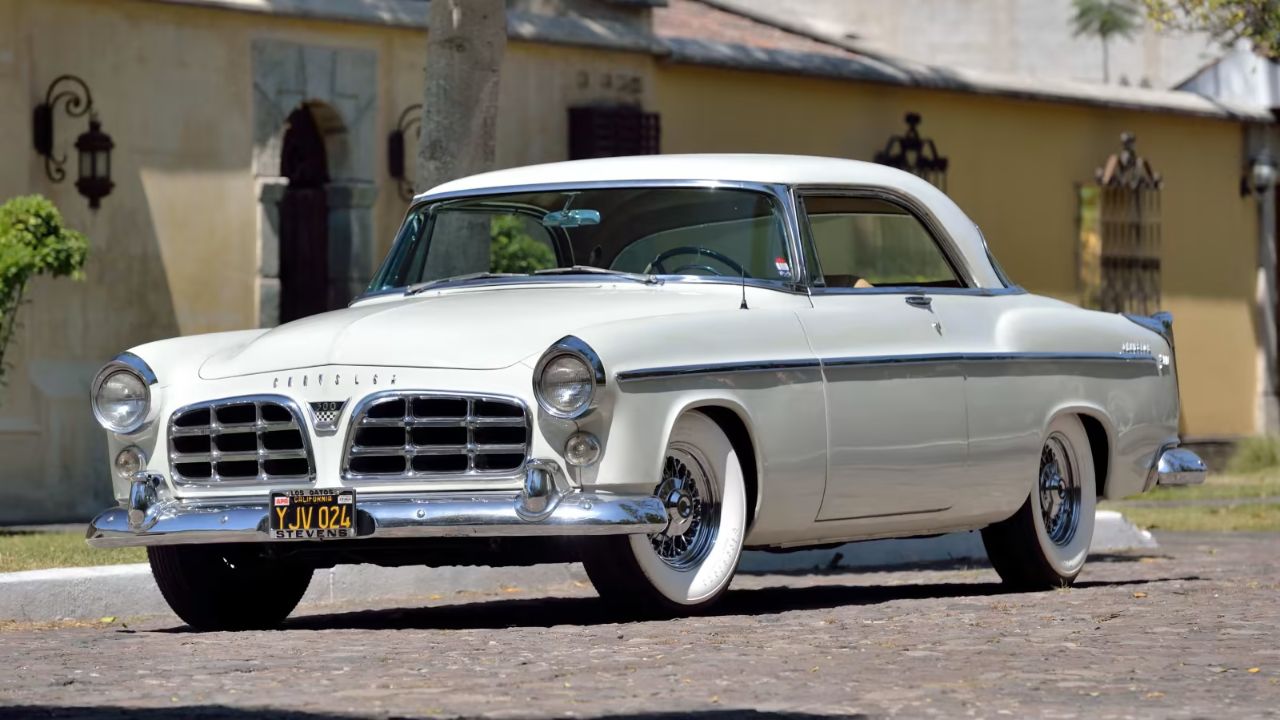
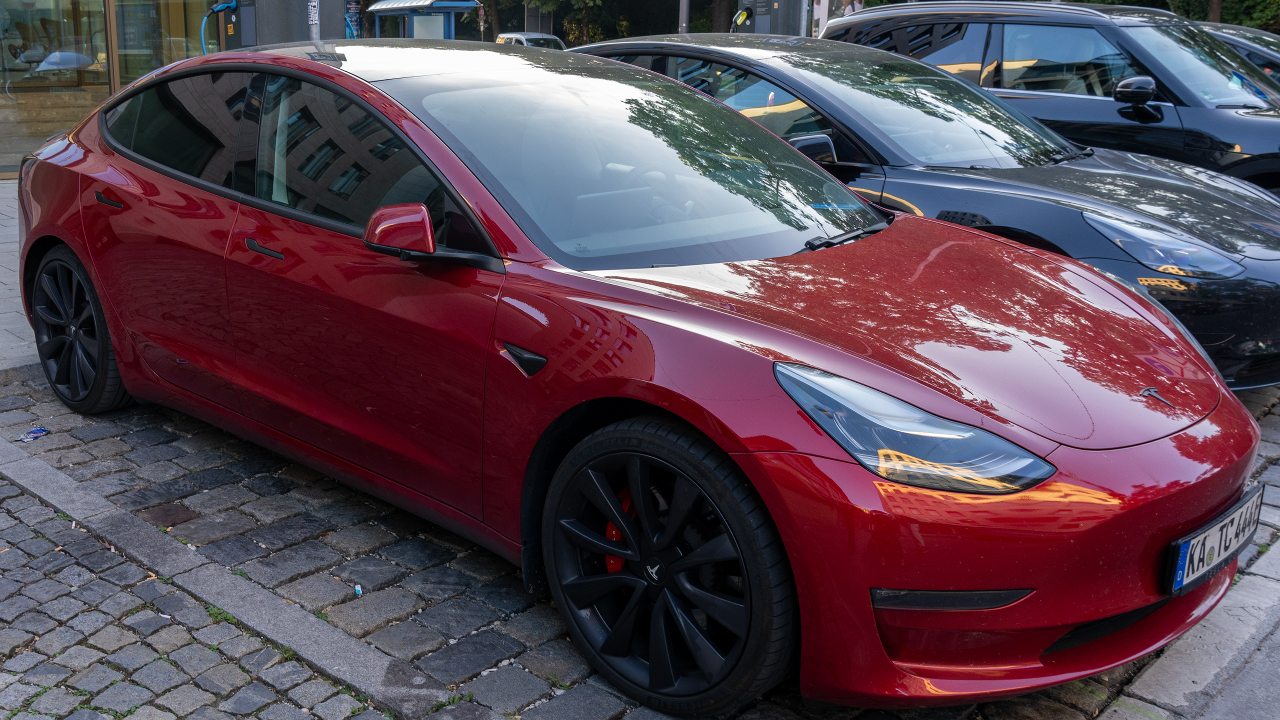

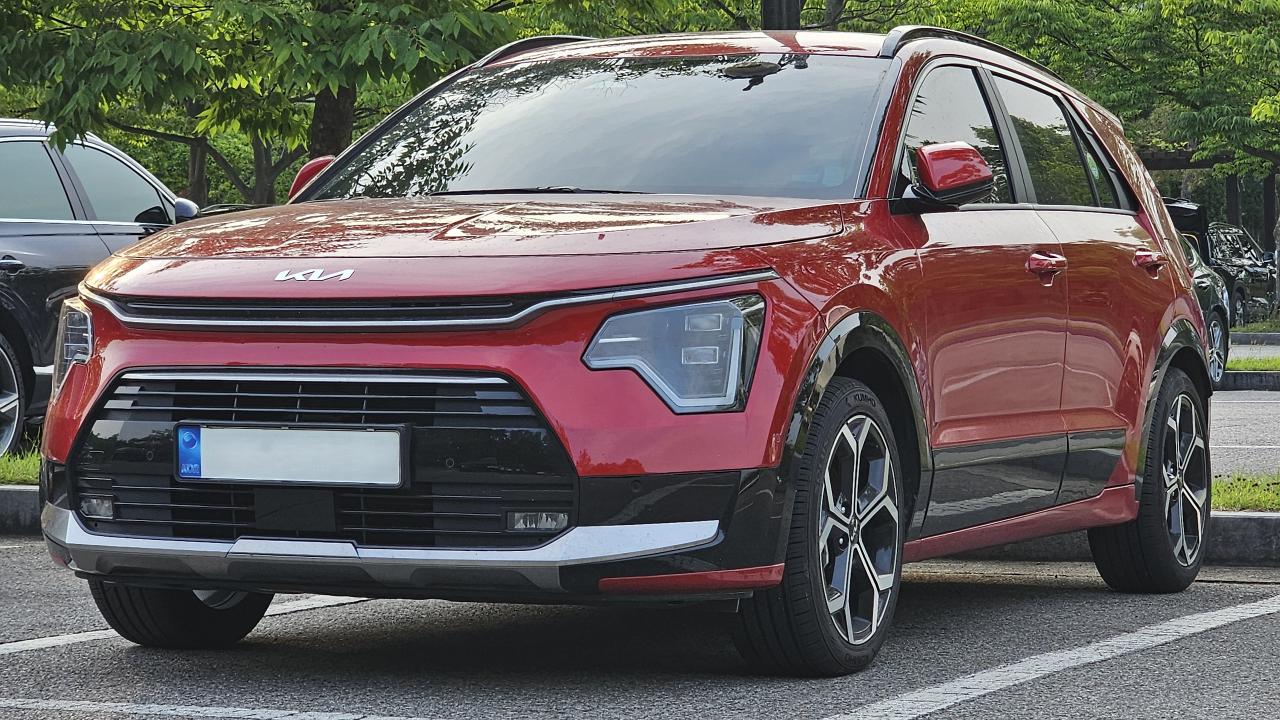
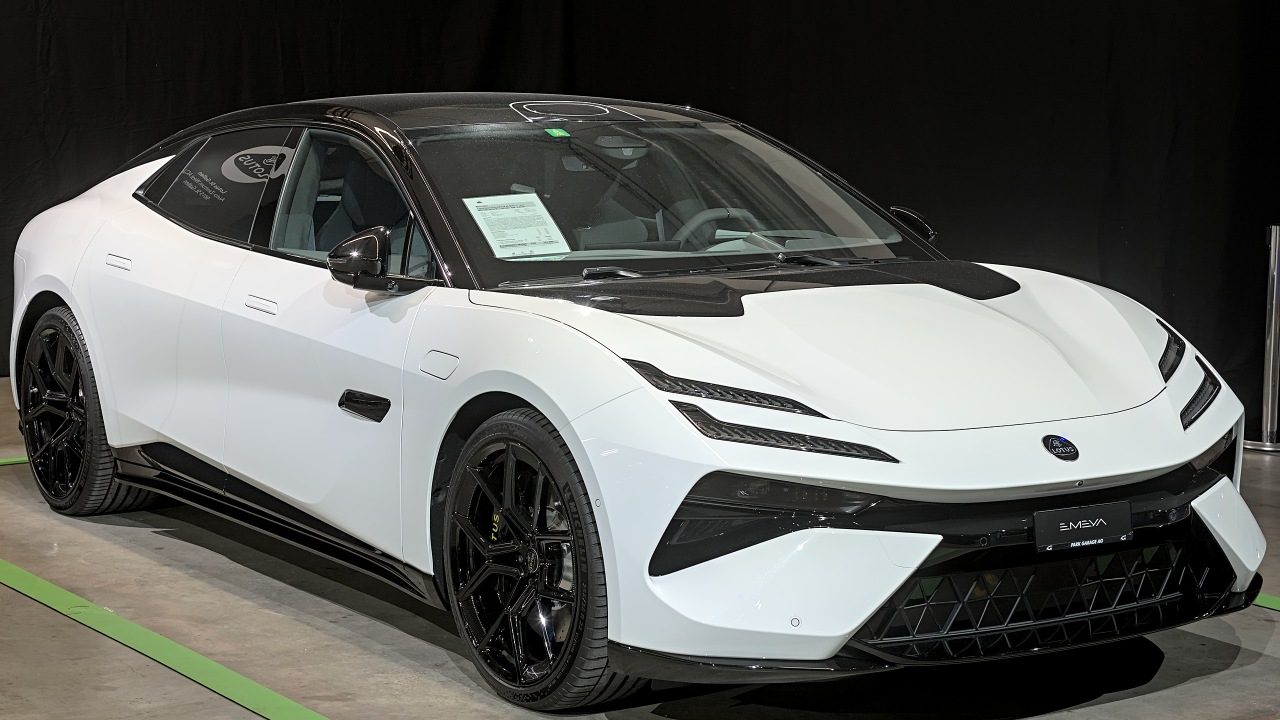
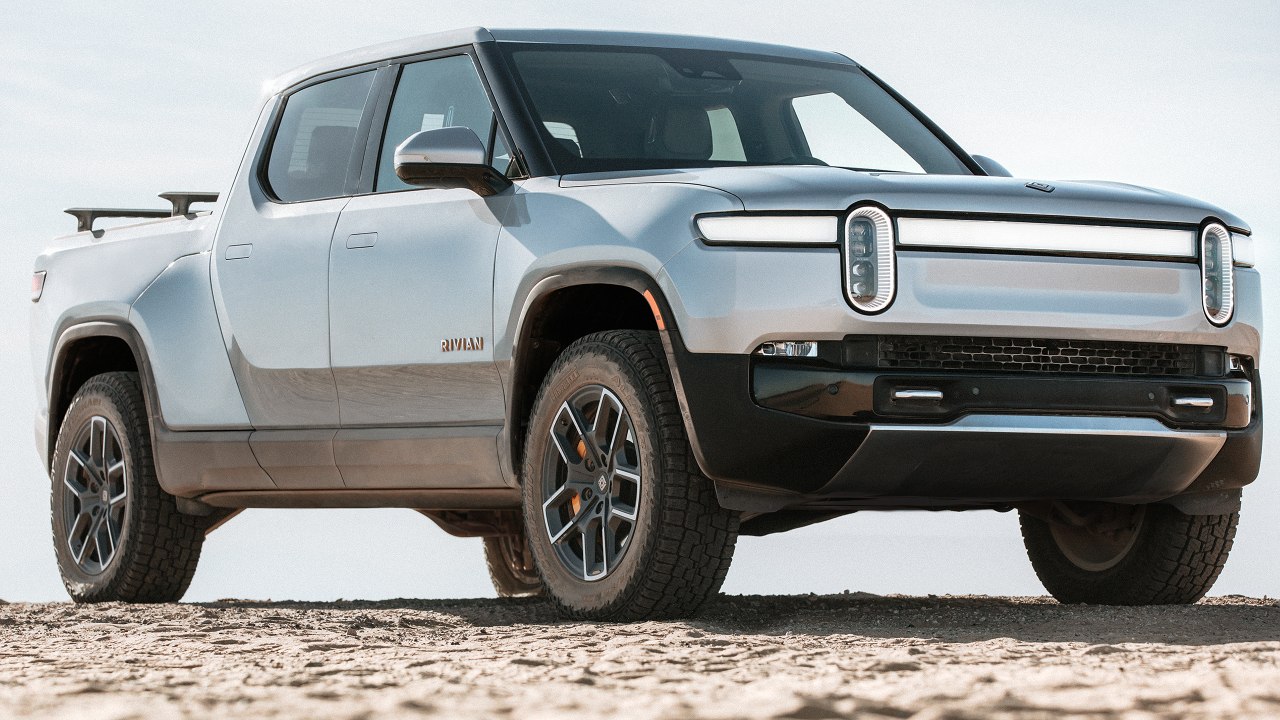
Leave a Reply